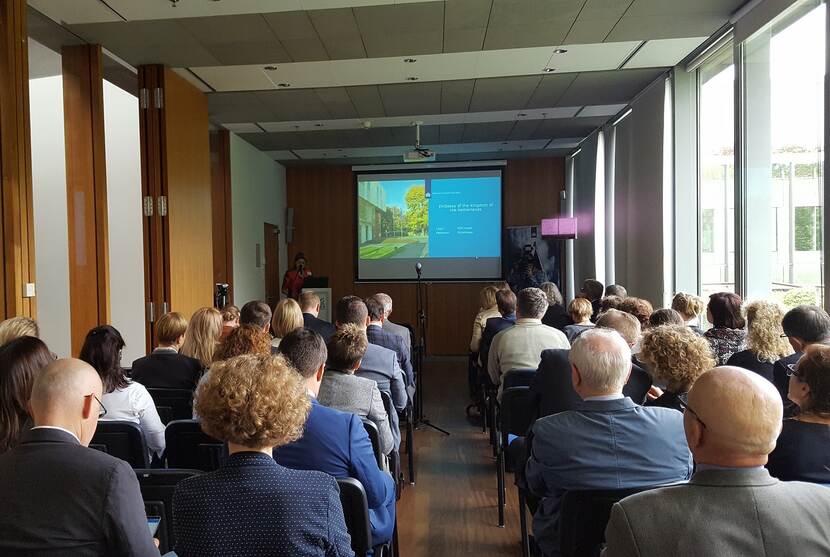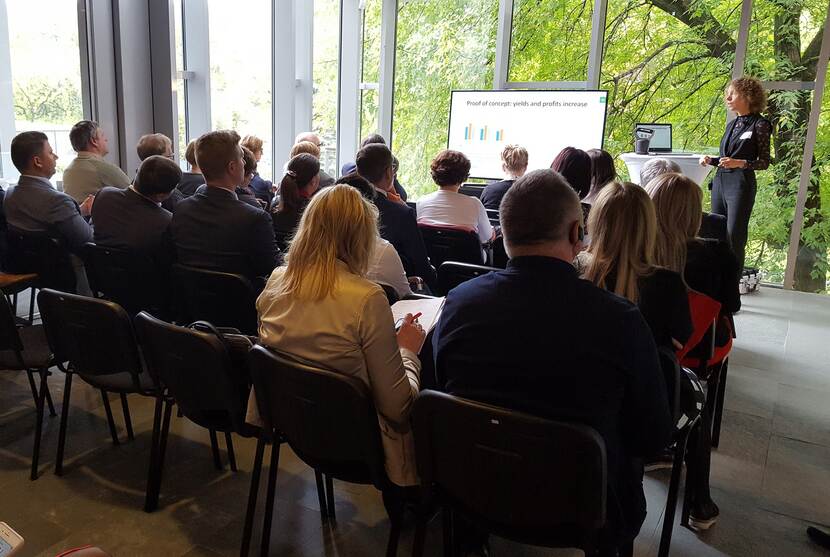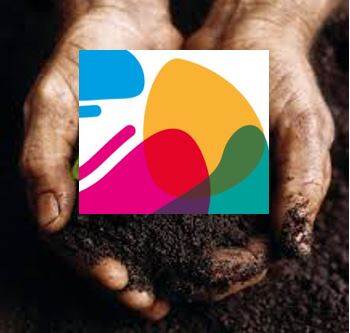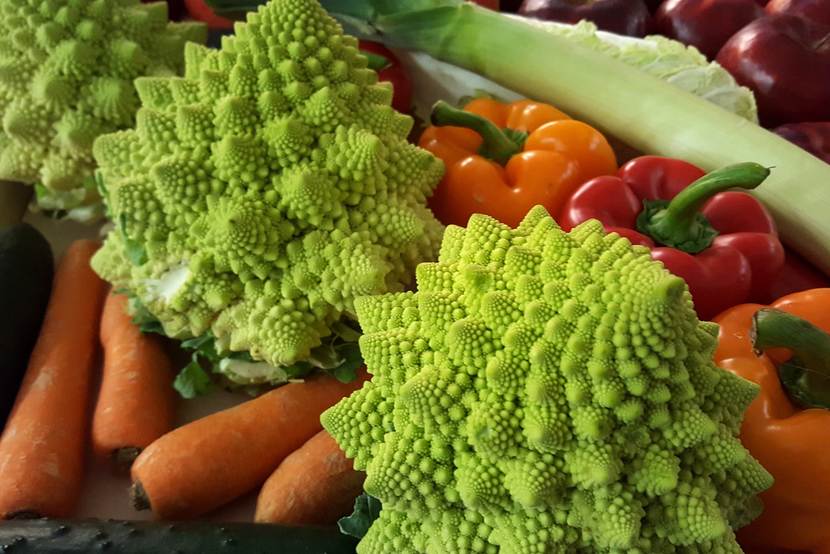Circular Agricultural Day in Poland
Agriculture is directly connected to food production, which means it has an impact on people’s nutrition and health. Agriculture operates with nature, and nature is also a very important factor for human existence. Therefore also economy of agriculture should serve people.

Dutch road towards circularity
The concept of circularity in the Netherlands was developed based on several problems which resulted from the existing economic model in the Netherlands. It is a small country with big population and internationally oriented economy. During last decennia the (agri) production of the Netherlands improved significantly. It caused the following problems:
- Large scale uniform landscape
- Overproduction of manure
- Big production centers next to densely populated areas
- Loss of biodiversity
The Dutch government decided to change the economic model of the Netherlands from the linear towards circular in order to improve the balance between profit from the production and natural environment. In the agricultural sector the changes are based on the following principles:
- Farmer should get a reasonable income from agricultural products
- Evaluation of food - preventing food waste but also overconsumption
- Improving innovation, implementation of circular model of agriculture that is sustainable and efficient at the same time

Soil as foundation for circularity in agriculture
The soil forms the basis for circular agriculture and in the framework of this message; the soil workshop during the Circular Agriculture Day was organized.
‘There will be no good agriculture without good soils’
– that was highlighted by the moderator and at the same time the first speaker of the workshop, Mr Grzegorz Siebielec representing the Polish Institute of Soil Science and Plan Cultivation in Pulawy. He discussed the state of soils in Poland and among others issues of low soil organic matter in the Polish soils, which translates into e.g. low water retention. He stressed that in order to sustain soil functions and soil fertility, soil organic matter must be kept at a stable level. This can be achieved through:

- a positive balance of organic matter in the soil,
- reducing soil disturbance by tillage,
- improving soil structure and enhancing soil biodiversity.
In addition, organic fertilizers applied to soil can be a significant source of soil carbon. Furthermore, conservation tillage reduces the disturbance of the soil profile, protecting soil structure and enhancing soil organic matter accumulation. Reducing tillage involves limiting the aeration of soil and related soil organic matter mineralization. However, reduced or no-till practices result in carbon accumulation only when applied long-term. Permanent grasslands are effective for carbon accumulation in mineral soils, especially when grass and legume species are combined.
During the workshop, it was emphasized that to reduce nutrient and water loss, aware fertilization and soil management is necessary. Whereas aware fertilization includes actions such as carrying out soil testing, crop selection, and measuring/adjusting application rates in a good time, soil management includes actions related to erosion prevention, maintaining soil organic matter, regulation of the PH in soils, limiting compaction.
During the workshop, also speakers from the Netherlands, like Jan Roefs from the Dutch Center for Manure Valorization, discussed the management of organic and natural fertilizers in the Netherlands, as well as the possibilities of exporting it outside the agricultural area to other countries in Europe. Christy van Beek, the main agronomist at Agro Cares presented the device for soil testing to monitor and manage the soil nutrient using the spectroscopic methods.

Preventing food waste
Both in Poland and in the Netherlands law supports solutions to avoid food waste in retail. But according to diverse sources, retail is responsible only for 5% of wood waste in the whole food chain. The producers, distributors and catering / restaurants which are wasting up to 35% of food also see this as a problem and implement constantly diverse solutions to lower this percentage as it also means financial losses for them.
Prevention is the best way to reduce food waste
What still should be considered is a better communication between players within the chain. It is often possible that due to specific demands of the client (salads with long shelf life; fries of a certain length) and short delivery agreements the supplier stays with products that don’t meet the expectations of the client. This results in increase of food waste on the side of supplier while the client doesn’t have to cope with the problem anymore. But this is not the solution for the reduction of waste, only shifting of the problem to a different part of the chain. To prevent food waste many parties of the same food chain should look carefully at this topic.

In the whole food chain there is the biggest space for improvement for the consumers to reduce food waste as they are responsible for 60% of food losses within the chain. Diverse analyses show that nobody likes to throw away food. It is one of the topics where all have the same feeling: it is just not good to waste food. But it is also a more complex problem with a big social component. By sharing food, people show their love and attachment. It is cultural embedded that there should be always something delicious in the fridge in case of a sudden guest at home. Next to that people tend to cook bigger portions as they can eat. Therefore it is crucial to educate consumers on right portions of food but also on the way of serving it at home to prevent so the called ‘plate waste’ (it is better to serve food on a platter when everyone can take a right portion and not to divide food to plates in the kitchen and serve the same portion to everyone at the table).
As agriculture is the major source of nitrogen loss (80% of all reactive nitrogen emissions from all sources) it might be also a good model for sustainable and circular economy. Agriculture should serve people not only to provide income, therefore economy of agriculture should be embedded in a broader social context. With attention to quality of soils and better organization of the food chain in order to prevent food waste, agriculture might become an excellent example of a circular economic model.
LNV:own report- AM
Documenten
-
Circular agriculture- a Dutch perspective
-
Implementation of the Dutch vision
-
Soil status in Poland and sustainable management of soil
-
Nutrient monitoring and management
-
The role of organic fertilizer
-
Food waste prevention in the Netherlands
-
Food waste prevention- Netherlands Nutrition Centre
-
Badania marnotrawienia żywności w Polsce